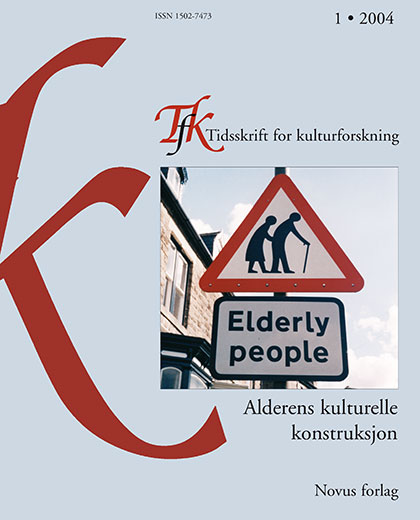Sammendrag
This article deals with violence exercised by girls (hereinafter referred to as "€œgirl violence"€Â). A combined perspective is how "age" and "gender" as cultural constructions can throw light both on the media debate concerning girl violence and just what young girls themselves understand by violence.
€‚
By focusing on newspaper coverage of the "Rognan Case"€Â, in which a gang of girls maltreated and then let their 15-year-old girlfriend be raped, it is primarily discussed how media discourse elucidates the violation of age and gender norms.
An analysis of the media'€™s coverage of girl violence shows that the media acts as a protector of boundaries, within which violence continues to be coupled with aspects of masculinity.
Furthermore, the article includes examples from interviews with girls who have themselves participated in violence. How do they react to the notions concerning gender and age? It is argued that the young girls both interpret and justify their actions within a narrow framework of feminine forms of expression. Violence and crime remain associated both with age and gender. Adolescence is a category where deviation and overstepping boundaries is almost anticipated, but this applies when referring to boys. Girls have a smaller deviation repertoire. Consequently, young girls who participate in violence are an extremely marginal group in the debate on adolescence and adolescent violence. The text ends up, therefore, by reflecting on what will happen when our cultural ideas on what a young girl ought to be, mingles with the social representation of the young girls themselves.

